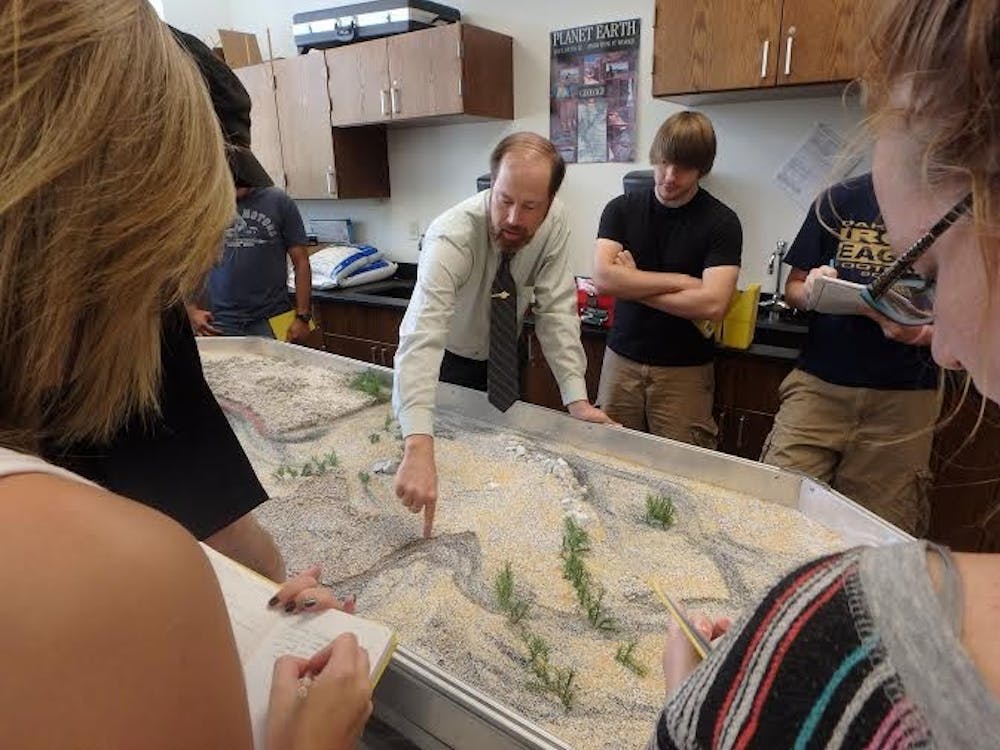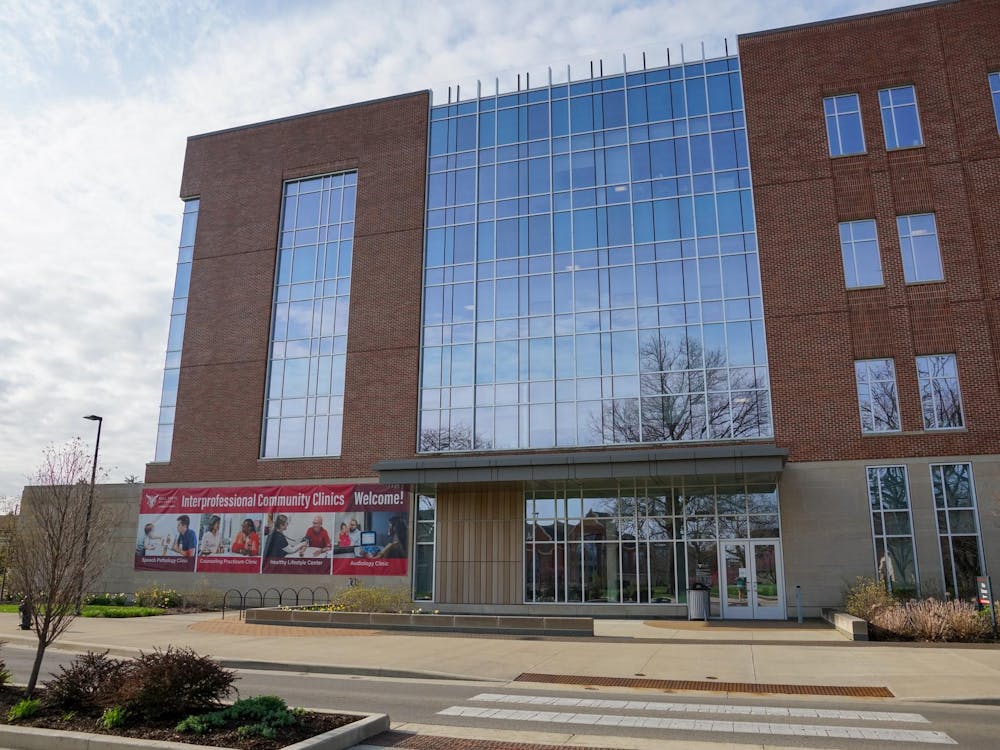DNR Lake and River Enhancement Program
"The goal of the Division of Fish and Wildlife's Lake and River Enhancement Section is to protect and enhance aquatic habitat for fish and wildlife, to insure the continued viability of Indiana's publicly accessible lakes and streams for multiple uses, including recreational opportunities." - Indiana Department of Natural Resources, according to their website.
DNR Lake and River Enhancement Program
"The goal of the Division of Fish and Wildlife's Lake and River Enhancement Section is to protect and enhance aquatic habitat for fish and wildlife, to insure the continued viability of Indiana's publicly accessible lakes and streams for multiple uses, including recreational opportunities." - Indiana Department of Natural Resources, according to their website.A journalism student discovered her scientific side after joining an immersive learning class to study the Mississinewa River.A journalism student discovered her scientific side after joining an immersive learning class to study the Mississinewa River.
Alanie Srouse, a junior journalism and criminology student, is part of a class of science and communication students, working to remove debris from the river. Srouse said that her role in the class has prepared her for her future career.
“I’m one of the leaders in the class so I have a lot more responsibility, and it’s just taught me a lot about holding your peers accountable with deadlines, due dates, having certain things done, sticking to a rubric, explaining everything in detail so there’s no way they can make an excuse or slip up,” Srouse said. “It’s just a lot more responsibility and I think it’s really going to better me when I come to look for a job.”
The class is made up of nine journalism students and five science students. Srouse said while it was hard adjusting to the scientific side of the class, she has gained a lot from the experience.
“It’s a lot for a journalism student to get used to, but we’re really getting involved in the science part of it,” Srouse said. “I would say the journalism side had a lot more to learn rather than the science side of [the class]”
Their objective was to write a grant proposing the removal of logjams from the Mississinewa River. Logjams are buildups of debris that start with a tree or log that has gotten stuck in a river. The flow of the river brings more debris and trash downstream, which get stuck behind the log. Eventually, the logjams grow in size and begin to affect the river and the areas surrounding it.
“[When a logjam occurs, it] then causes changes to the river both upstream and downstream of that logjam, both in terms of physical characteristics but also its chemical characteristics,” Lee Florea, assistant professor of geological sciences and one of the professors of the class, said. “The farmer who owns the land adjacent to that logjam, [he] may only notice the physical changes: increased flooding, diversion of water around the logjam. They may not see or understand the chemical changes that occur with that.”
The class collected research during the past two months and is working on preparing the grant for presentation this month. The students' deadline to complete the grant is Dec. 3, at which time the grant will be turned over to FlatLand Resources, one of the class's community partners.
FlatLand Resources will then officially submit the grant in January 2015.
Professor Adam Kuban, assistant professor of journalism and teaches the class with Florea, said one of his students experienced the effects of a logjam first-hand while on a surveying visit.
“One of my students fell in at one of the logjam sites, and after I knew he was okay and that he was not hurt in any way, I asked him, ‘Well, you fell in… what did the water feel like? Explain the sensory detail to me.’ And his response was that at the location where he fell in, there was so much stagnation and debris that the water felt like pudding with rocks,” Kuban said. “River water is not meant to feel like pudding.”
The grant will be presented to a program called the Lake and River Enhancement program, or LARE. LARE provides funding for cleanup of various lakes and rivers in the State of Indiana, and has money allocated for the removal of logjams. The goal is to get some of the largest logjams in the Mississinewa River put on the list for removal.
“What it really comes down to is prioritization, which [logjams] do they deem as the highest priority to fix,” Florea said. “Their budget for the year is going to dictate however many of those in that priority list they can get each year for funding.”
Srouse said that her class has been encouraged to reach out to different media to spread the word about their grant. They have also reached out to various community partners and have talked to the farmers whose land the logjams are affecting.
“We’re just trying to get as much public attention as we can,” Srouse said. “Public attention is what’s going to get the grant passed.”
Florea believes that it is important to focus on the Mississenewa River because the effects that the nearby farms have had on the river have not been focused on before.
“Water quality in East Central Indiana has been a long-term concern,” Florea said. “The Mississenewa… is less impacted by the more very visible contaminants, discharge from factories, and more affected by the more invisible type of contaminants, which is run off of farmlands. ”
Florea said the class serves as an avenue to teach the public the importance of maintaining the quality of water.
“We all use it, we all abuse it in some way or another, and very few of us really understand it and how we need to manage it as a resource,” Florea said. “So we hope that students in these classes that we’re teaching will then be able to share that to the wider public.”





